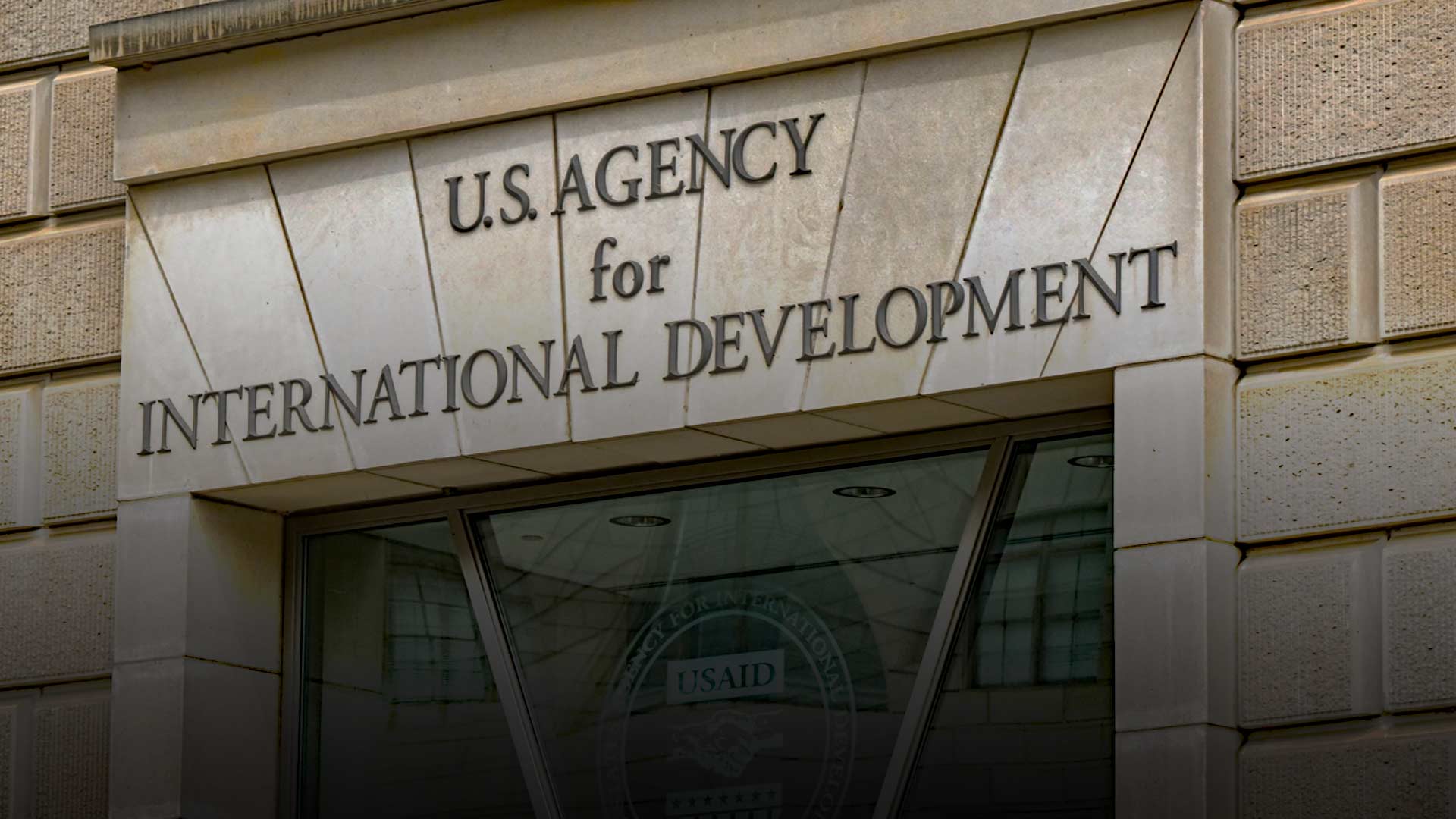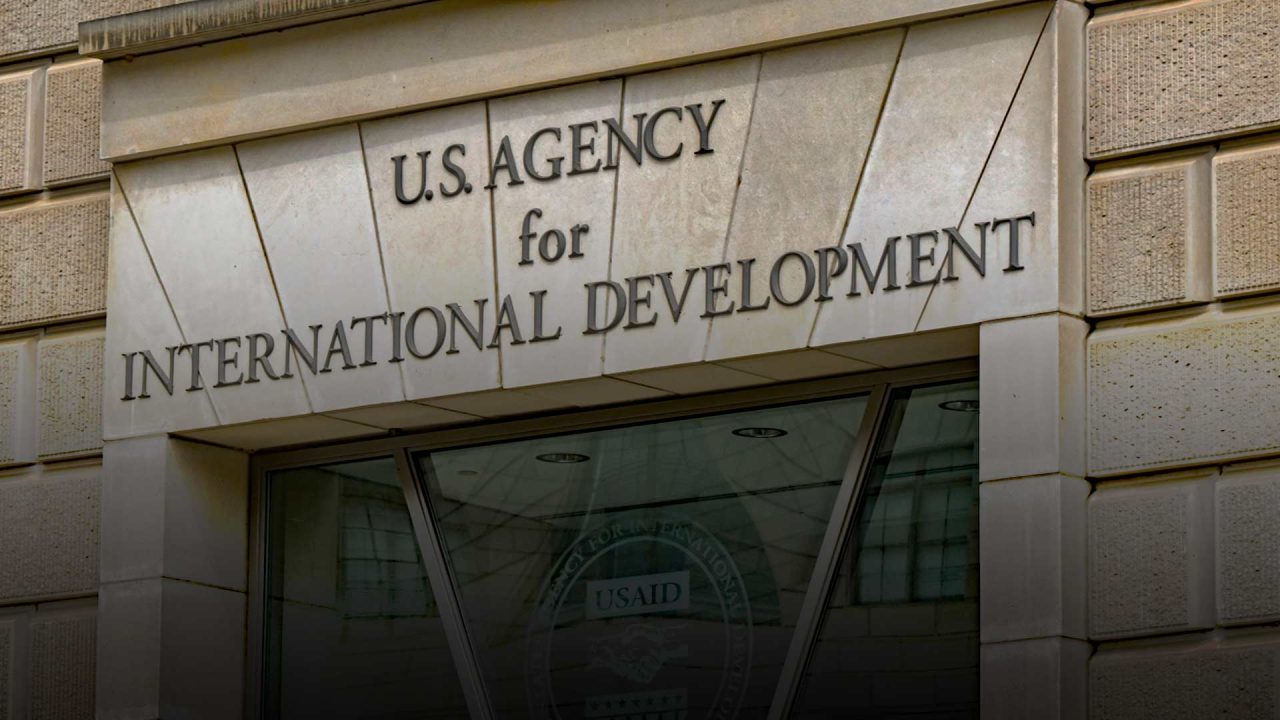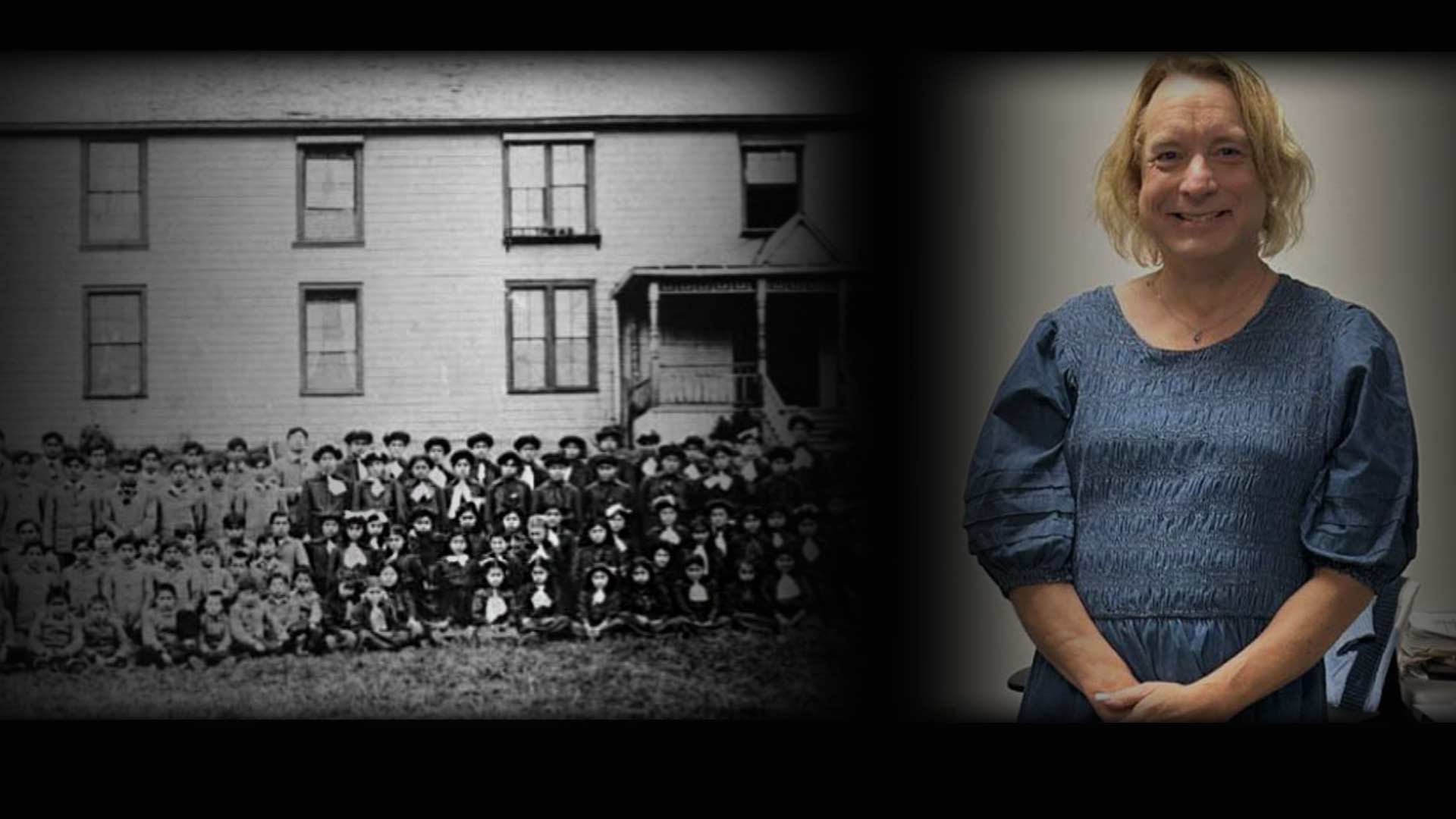
Historically, the United States has provided foreign aid to other countries since 1812; but on a large scale only during and after World War II. The history of the U.S. foreign assistance is marked by several key events, including Lend-Lease during World War II (1941-1945); the Marshall Plan (1948-1951); the Mutual Security Act/Plan (1951-1961); and the creation of the U.S. Agency for International Development (USAID) from 1961 to present.
LEND-LEASE
The Lend-Lease program was a system of transfer to participating countries of military and other materials necessary for conducting the war. Countries receiving aid through this program signed a bilateral agreement with the U.S., stipulating those materials destroyed, lost, or used during the war would not be subject to repayment after the end of the war. Materials left over after the war that were deemed suitable to the needs of the population would be subject to repayment in full or in part by means of long-term credit. Military materials left after the war could be reclaimed by the U.S. government (although the U.S. repeatedly declared that it would not make use of that right). Equipment and materials ordered but not delivered by the end of the war could be acquired by the ordering country with long-term American credits. In their turn, countries entering the Lend-Lease contract agreed to render help to the U.S. with materials at their disposal.
Overall, during the years of the war, the United States made Lend-Lease deliveries to 42 countries amounting to nearly $50 billion; this is equivalent to about $1 trillion in today’s U.S. dollars. In return, the U.S. received goods and services and, ultimately, repayments totaling only $7.4 billion. Of the overall sum of Lend-Lease help, Great Britain received nearly $31 billion, France about $1.5 billion, and the Nationalist-controlled regions of China about $600 million. The entire sum of Lend-Lease deliveries to the U.S.S.R. from 1941 to 1945, according to Soviet sources, amounted to about $10-11 billion in war materials and other supplies.
Over the years, despite USAID essential global humanitarian work, the agency was subjected to numerous criticisms for its misuse of funds, questionable appropriations and logistical authorities.
After the end of World War II, problems arose around the terms of payment for remaining Lend-Lease materials. The U.S. discontinued Lend-Lease deliveries to the U.S.S.R. in September of 1945. In December of 1946, the U.S. annulled the original agreement’s stipulation allowing the U.S.S.R. long-term credit for materials and equipment ordered under the Lend-Lease Agreement but not yet shipped. This unilateral annulment, claimed the Soviets, constituted a discriminatory attitude with respect to the U.S.S.R. in settling the payments under the Lend-Lease Agreement. The U.S. was also accused of delaying negotiations on the issue.
In negotiations with the United States in 1947, 1948, 1951 and 1952, and at the beginning of 1960, the Soviet government asserted that the Soviet Union had had the greatest effect in securing an Allied victory in World War II; therefore, Soviet diplomats argued, it could not and would not accept discriminatory measures that would leave it in a position inferior to other Lend-Lease recipient nations. The Soviet representatives based their arguments on clauses in the Soviet–American agreement of June 11, 1942, stating that the conditions of the final settlement should be of such a nature as to conform to the common interests of the United States of America and the Soviet Union and to advance the creation and maintenance of peace in the world. The language of the pact also indicated its intention that Lend-Lease debt settlement conditions do not hinder commerce but, rather, encourage mutually beneficial economic relations between the two nations.
Accordingly, in negotiations that took place in Washington, D.C., in January of 1960, the Soviets insisted that the agreement settling Lend-Lease matters should be reached contemporaneously with the normalization of commercial and economic agreements between the U.S.S.R. and the U.S. However, at that time, the U.S. expressed little desire to resolve the question, and the exchange of opinions between the representatives of the U.S.S.R. and the U.S. was suspended.
Although settlements were made within 15 years of the termination of the Lend-Lease programs with most of the countries that had received aid from the United States, a settlement with the U.S.S.R. would not be reached until 1972.
Ultimately, the United States accepted the Soviet Union’s offer to pay $722 million in installments through 2001 to settle its debt. During Russian President Boris Yeltsin’s visit to the United States in 1991, the parties revisited the agreement, with the Russian government agreeing to settle the balance with a payment of $674 million to the U.S. Treasury. This sum was finally paid to the U.S. in 2006.
MARSHALL PLAN
The Marshall Plan, also known as the European Recovery Program (ERP), was a program that provided economic assistance to Europe after World War II. It was proposed by Secretary of State George Marshall in 1947 and signed into law by President Truman in 1948.
Marshall Plan goals were to help West European countries become stable partners to the United States; rebuild their private industry and public infrastructure; create markets for American goods; create reliable trading partners; restore consumption to acceptable levels; and support democratic governments in Western Europe.
Recipient countries were England, West Germany, Austria, Belgium, Denmark, France, Greece, Iceland, Ireland, Italy, Luxembourg, and Netherlands. The Soviet Union, despite its vocal protests, was excluded from this program due to the emergence of the Cold War between the West and East (1946 to 1986/1991).
The United States spent $13.3 billion on the Marshall Plan between 1948 and 1951. This is equivalent to about $200 billion in today’s U.S. dollars.
MUTUAL SECURITY ACT/PLAN
The Marshall Plan was replaced by the Mutual Security Act/Plan at the end of 1951; that new plan gave away about $7.5 billion annually until 1961, when it was replaced again by another program.
THREE-PRONGED PROGRAM
Instead of the Marshall Plan, we now have a Three-Pronged Program combining economic aid, now called “defense support,” administered by the Mutual Security Agency as successor to the Economic Cooperation Administration (ECA); military aid under the Department of Defense; and the Point Four Program and External Certification Authority under Technical Cooperation Administration.
U.S. AGENCY FOR INTERNATIONAL DEVELOPMENT (USAID)
The Foreign Assistance Act of 1961 established USAID as the federal agency responsible for coordinating foreign aid until present. The Act also aimed to improve the administration of foreign aid and refocus it on the needs of developing countries. President John F. Kennedy created the USAID to coordinate foreign aid, with the main goal to be responsible for disbursing capital and technical assistance to developing countries.
ALASKA WATCHMAN DIRECT TO YOUR INBOX
According to the Congressional Research Service, USAID employs about 10,000 people, mostly in Washington D.C., and controls an annual budget of about $50-55 billion. In 2023, USAID poured $10.5 billion into humanitarian aid and $10.5 billion into health programs in countries around the world.
Over the years, despite USAID essential global humanitarian work, the agency was subjected to numerous criticisms for its misuse of funds, questionable appropriations and logistical authorities. My long-time friend, via private correspondence, shared with me his experience with USAID:
“USAID has always been a covert manipulative agency within the “intelligence” world of the federal government, funneling money to people and causes in other countries that the CIA, mainly, has directed, usually as a means of fomenting political unrest and dissatisfaction. It’s all done under the guise of “foreign aid.” And it seems from these stories coming out now, that the corruption has become closely aligned with the Democratic Party or at least mostly used by influential Democrats for self-enriching corruption purposes (Clinton style). USAID was the agency that funded my ecological work in Poland in the 1980s. I just thought of them as some federal agency that had tons of money available for scientific collaboration in communist and other problematic regions of the world. I learned of them from another ecologist at Colorado State University who had been receiving funding from them for work he was doing in Pakistan. So, I submitted a proposal and found it accepted/funded with minimal review. The guy responsible for interacting with me was delighted to be able to fund something he thought was scientifically interesting for ecology (or so he said with enthusiasm — I pictured him as some poor sap in an office in Washington DC bored out of his mind). Other than the money, which lasted 3 years, I received only one (or maybe 2) phone calls from someone in Washington asking me a few really dumb “spy questions” (like did you see any military bases while you were there? What were your general impressions of how happy the people are?). More recently, while reading several books about “state crime” and corruption, I read how USAID is the classic federal agency of corruption and malfeasance in the CIA’s meddling in foreign affairs. Very interesting to see Musk and Trump focus on it and try to shut it down. Not surprised at all that political judges will try to prevent that from happening. Trump is taking on the CIA directly and forcefully; it’s a very risky business. The Kennedy family learned that the hard way.”
The views expressed here are those of the author.








2 Comments
End the aid programs now and make it permanent. Easy corruption for elected persons and always used by corrupt couintries.
President John F. Kennedy created the USAID (United States Agency for International Development) through executive order* in 1961, establishing it as the primary agency to manage and coordinate foreign aid for the United States; this was done primarily to counter Soviet influence during the Cold War. *SEE https://www.presidency.ucsb.edu/documents/executive-order-10973-administration-foreign-assistance-and-related-functions
An executive order can be revoked or modified by the president (Kennedy, Clinton, Obama, Biden, etc. ) who issued it or a successor president (Trump),